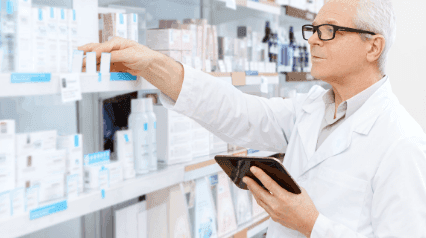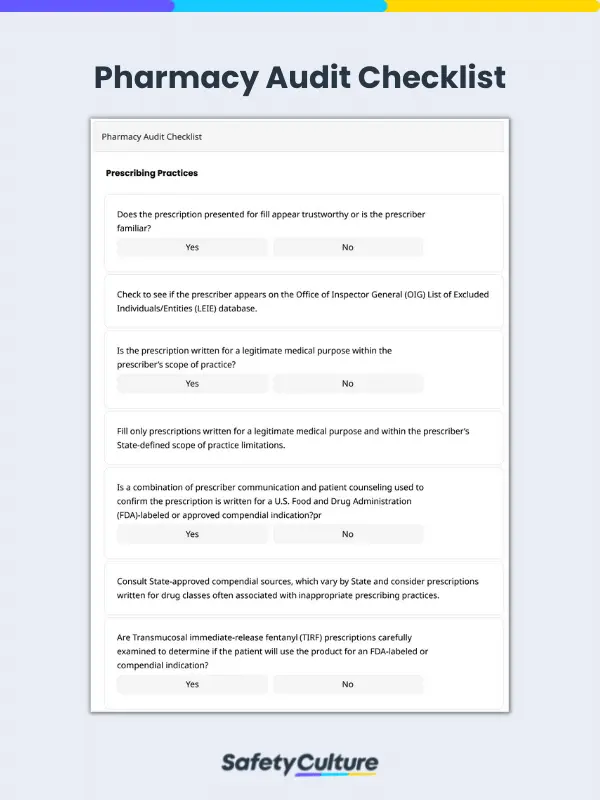What is a Pharmacy Audit?
A pharmacy audit is a comprehensive review of operations and processes to verify a pharmacy’s compliance with regulations. Announced or unannounced pharmacy audits from the government or 3rd-party insurance companies usually aim to detect fraud, waste, and abuse. Non-compliance to the US Healthcare Fraud and Abuse Control Program (HCFAC) can lead to criminal investigations, revoked registration, and denied application renewal.
What is a Pharmacy Audit Checklist?
A pharmacy audit checklist is a preparation tool used by pharmacists who own, operate, or work in pharmacies to regularly perform an internal pharmacy audit. Maximizing digital pharmacy audit checklists can prevent costly audit chargebacks, save thousands of man-hours, and help uphold health and safety standards.
Situations that Trigger a Pharmacy Audit
Auditors look at exactly what problems need to be remedied, especially regarding prescriptions, pricing information, and the licensing and certification status of employees. Watch out for these crucial situations that might trigger an audit to be conducted in your pharmacy:
- Patient Complaints
As the primary audit trigger, pharmacists who own, operate, and work in pharmacies should provide high-quality customer service to avoid this. For example, a pharmacy audit can commence when a patient gives an anonymous tip about an employee stealing drugs. - Competitor Complaints
The complaint resolution protocol of pharmacies should be established and followed, specifically when complaints come from competitors. Pharmacy managers should review their daily operations to determine any activity that might generate complaints. - Substantial Changes
Take note of substantial changes in billing patterns, cost of ingredients, quantities dispensed, and schedule of drugs. Pharmacy staff should consistently monitor shipping and medication inventory logs to easily identify any of these audit triggers. - Significant Variances
If there is a variance from a group of similar pharmacies, it is imperative to confirm that the pharmacy is assigned to the right group. Charge variance among pharmacies of the same size, city, or region prompts a pharmacy audit to determine the root cause of the discrepancy.
Why Should a Pharmacy have an Internal Audit?
Conducting an internal audit for a pharmacy helps the business proactively discover and address areas for improvement in order to prevent them from becoming more problematic and potentially trigger third-party pharmacy audits.
5 Tips for Pharmacy Audit Preparation (and Prevention)
When a pharmacy audit begins, even if the trigger turns out to be inconclusive, the audit will still proceed and the auditors will report whatever they find. Here are 5 tips to effectively prepare for (and prevent) a pharmacy audit:
- Clarify the scope of the pharmacy audit to ensure that only the necessary information is provided.
- Gather documentation requirements such as policies and procedures, invoices, and logs (signature, controlled substances, etc.). Never alter records.
- Validate the negative findings before the auditors complete the pharmacy audit report.
- Avoid common record-keeping issues such as billing and clerical errors during the prescription process by regularly auditing all staff.
- Perform comprehensive self-audits using mobile-ready pharmacy audit checklists to proactively ensure compliance.



